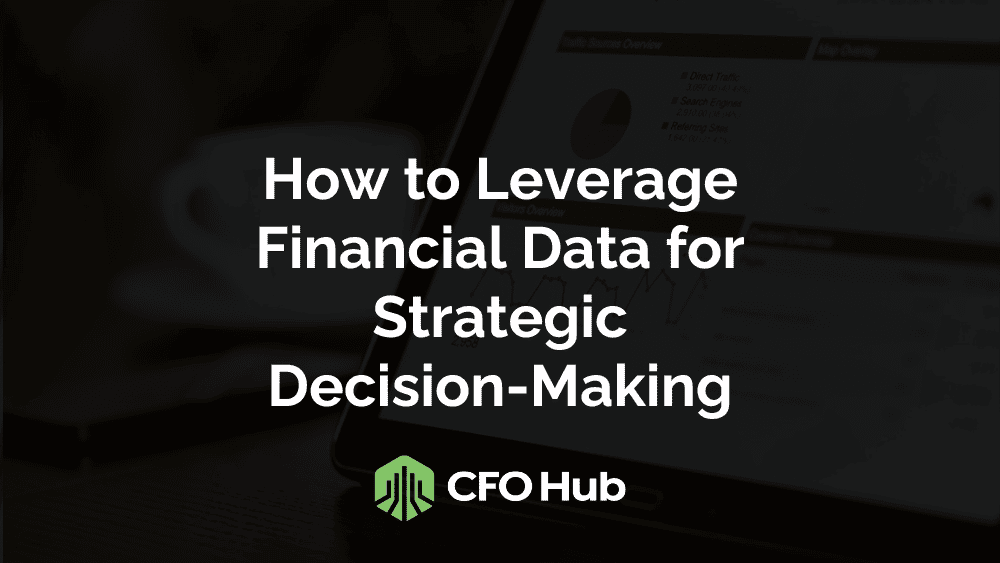How to Leverage Financial Data for Strategic Decision-Making
Business leaders across the world make decisions that impact their companies’ trajectories every day. Some leaders make those decisions on little more than gut instinct. Others use financial data.
Using financial data in your strategic decision-making can help you make more informed decisions for your company to put it in a better position to succeed. Below, we highlight a simple process you can use to start making better decisions by leveraging the power of financial data. Here are five steps to get you started.
1. Set a Specific Goal
When you need to make an important decision, it’s helpful to start by naming your goal. This is the dream outcome you envision for this decision and what it means for your company.
For example, you may be bringing a new product to market and choosing between two suppliers for a part. Your goal could be either to make the highest-quality product possible or to achieve a baseline level of quality at the lowest price possible. Your answer to this would inform your decision significantly.
That’s why it’s smart to be as clear as possible about what you hope to achieve when making a critical decision. Sometimes just having that clarity can practically make the decision for you.
2. Choose Your Financial Metrics
Now that you know your goal, you can start thinking about the financial metrics that will tell you when you’ve achieved it. These could include revenue, production costs, average sale amount per customer, and any other KPIs (key performance metrics) that are relevant to your vision.
3. Try New Strategies
The next step in your strategic decision-making process is trying new strategies to see how they impact your chosen metric. Your job is to find the strategy that pushes your chosen KPI as close to your goal as possible.
For example, you might need to try a few different marketing approaches to see which one increases your average sale amount per customer the most. Or maybe you need to create a few financial projections based on estimates from different suppliers to see which reduces production costs the most.
4. Watch Your Chosen Metrics and Adapt
The key to leveraging financial data for strategic decision-making is the process of trial and error we’ve described throughout the first three steps. You pick a goal, decide which metrics will demonstrate that you’ve achieved that goal, and work through different strategies until you find one that produces the right result.
You probably won’t find the right answer during your first iteration. That’s part of the growth hacking process. You’ll just need to keep cycling through potential options and watch how each impacts your financial data until you find a strategy that pushes your company in the right direction.
5. Consult With an Expert
We’ve outlined a simple process you can follow to use financial data as part of your strategic decision-making process. But this is only the beginning of what’s possible. To get as much value as you can out of your company’s financial data, consider consulting with the accounting experts at CFO Hub.
We’ll leverage our financial know-how and industry experience to help you get more out of the data your company is already generating and give you just what you need to move your business forward. Get in touch to learn more about how we can help.
Jack Perkins, CPA founded CFO Hub to provide strategic finance and accounting services to enterprises of all sizes. Prior to founding CFO Hub, Jack served as the CFO and Controller of rapidly growing enterprises in California. Jack's written content has been featured in Forbes, Entrepreneur, and several other notable publications.
Visit Jack's Expert Hub to learn more about his experience and read more of his editorial content

